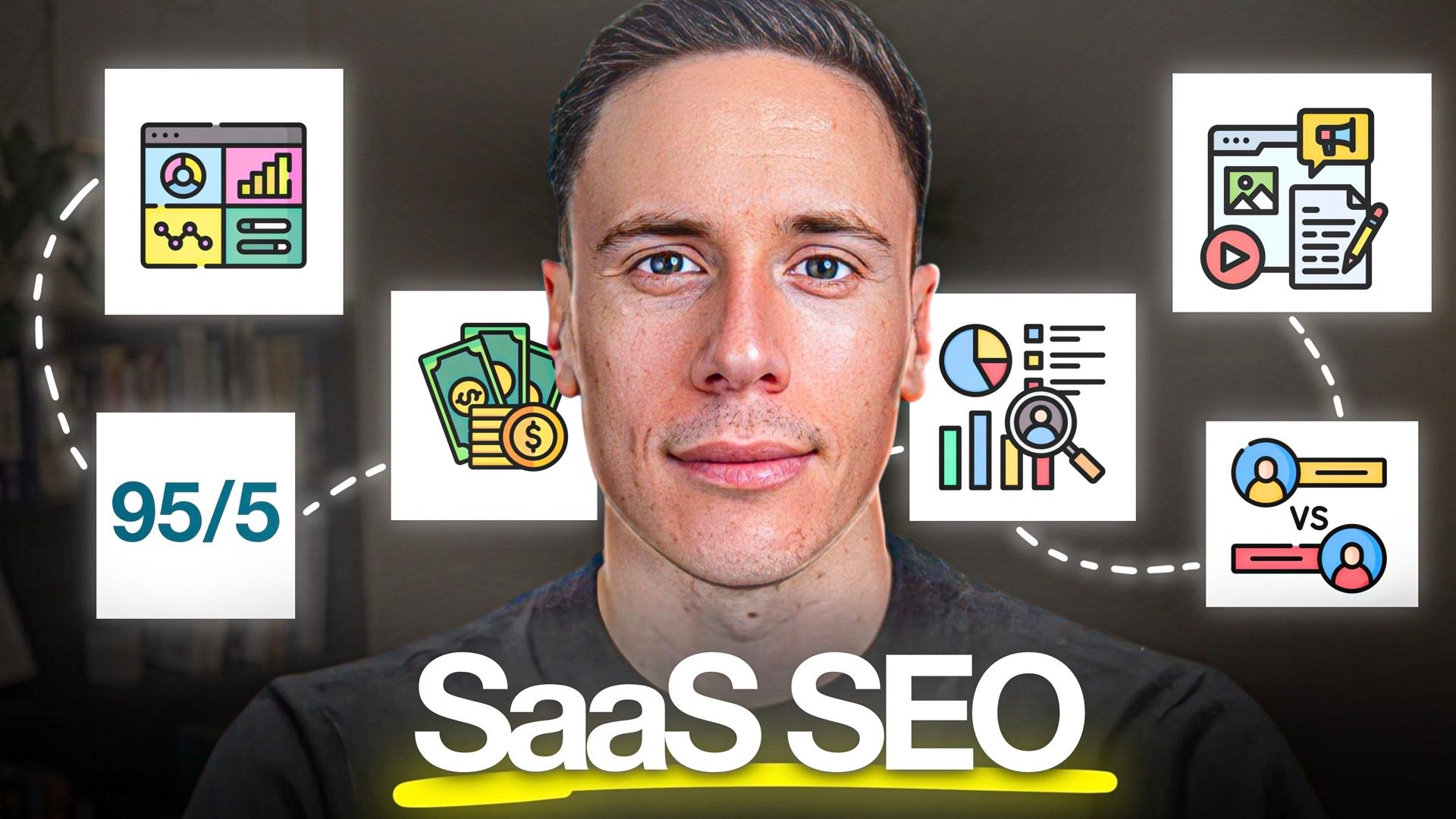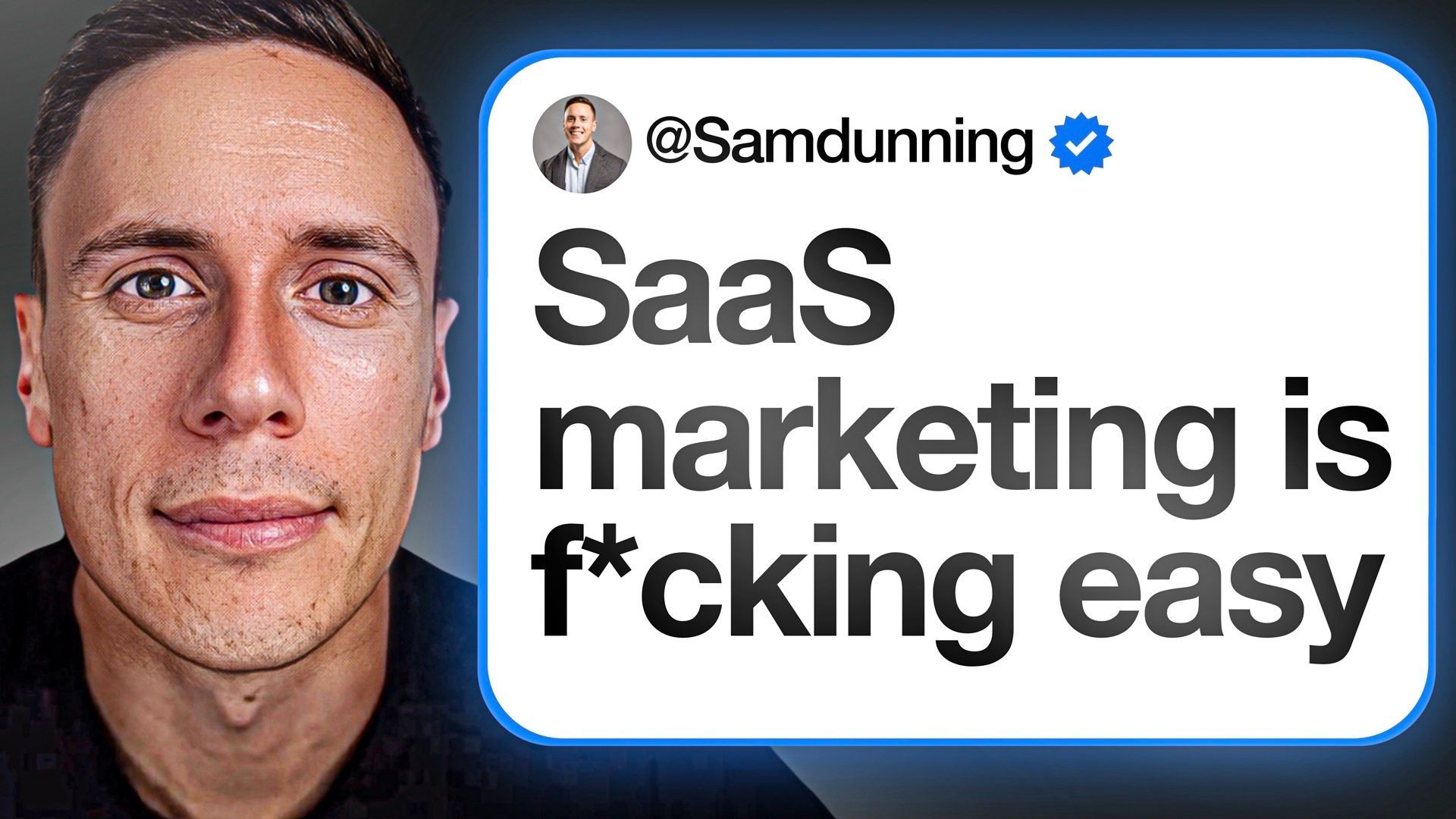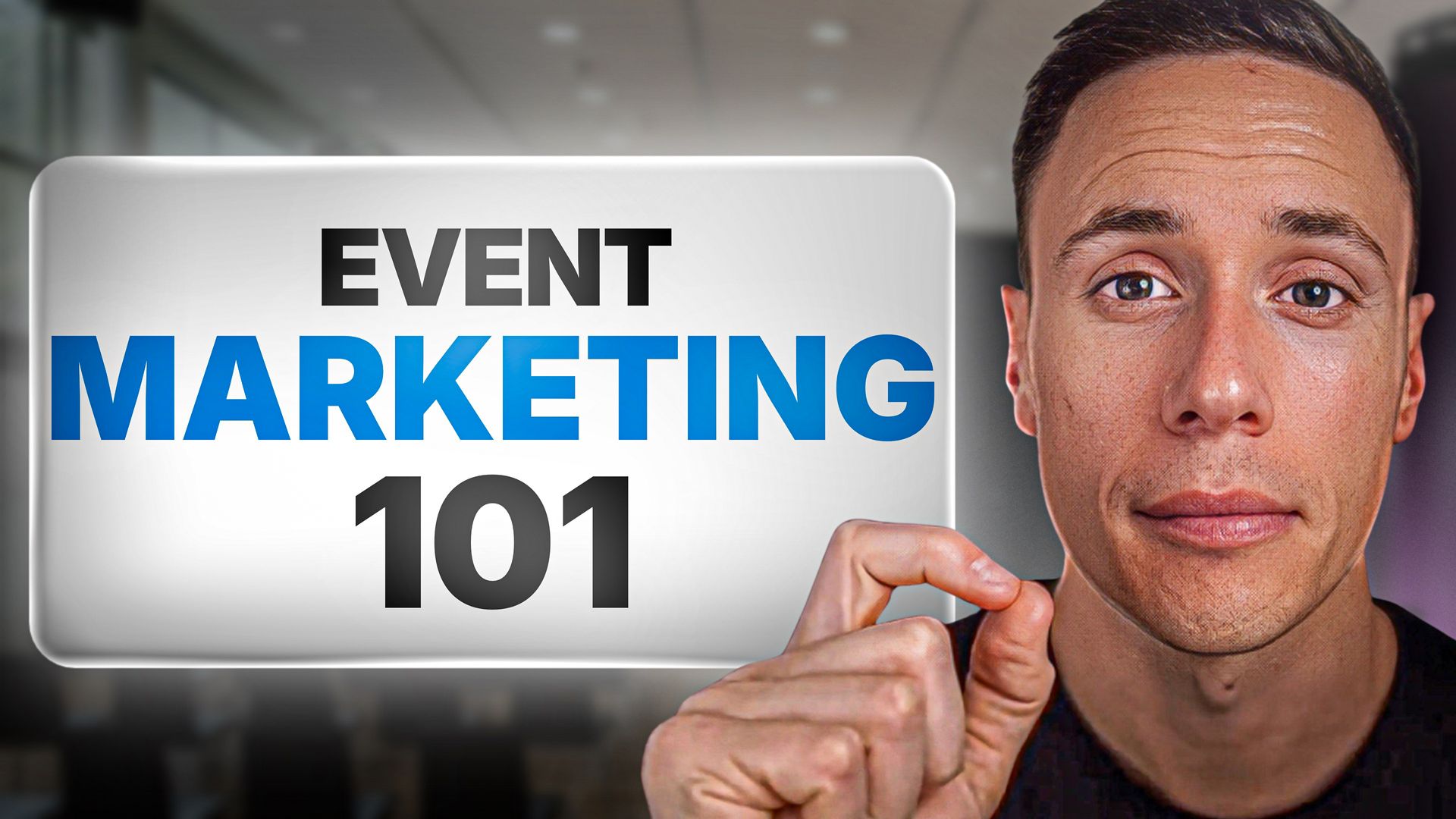Table of Contents
Ready To Grow Organic Pipeline & Revenue?
See if we can scale your organic pipeline from SEO as quick as 90 days.
Quick Summary
Struggling with Disjointed Marketing Efforts?
Tired of marketing campaigns that bring in traffic but no real leads? You’re not alone. Modern B2B buyers now complete 70–90% of their research before talking to sales, moving slowly, deliberately, and often through non-linear journeys.
At
Breaking B2B, we’ve helped teams fix this by building funnels that match real buying behavior and move prospects steadily toward revenue. In this guide, we’ll show you how to structure a B2B marketing funnel that attracts the right leads, nurtures them with intent, and delivers consistent results. No guesswork, just a proven approach that works.
Why Listen to Us?
Breaking B2B specializes in B2B marketing funnel optimization for technology and SaaS companies. We've collaborated with industry leaders like Impactable, Ahrefs, Leadfeeder, and Vidyard to build funnels that generate millions in pipeline value. Our proven methodology focuses on creating sustainable lead generation systems that scale with your business.
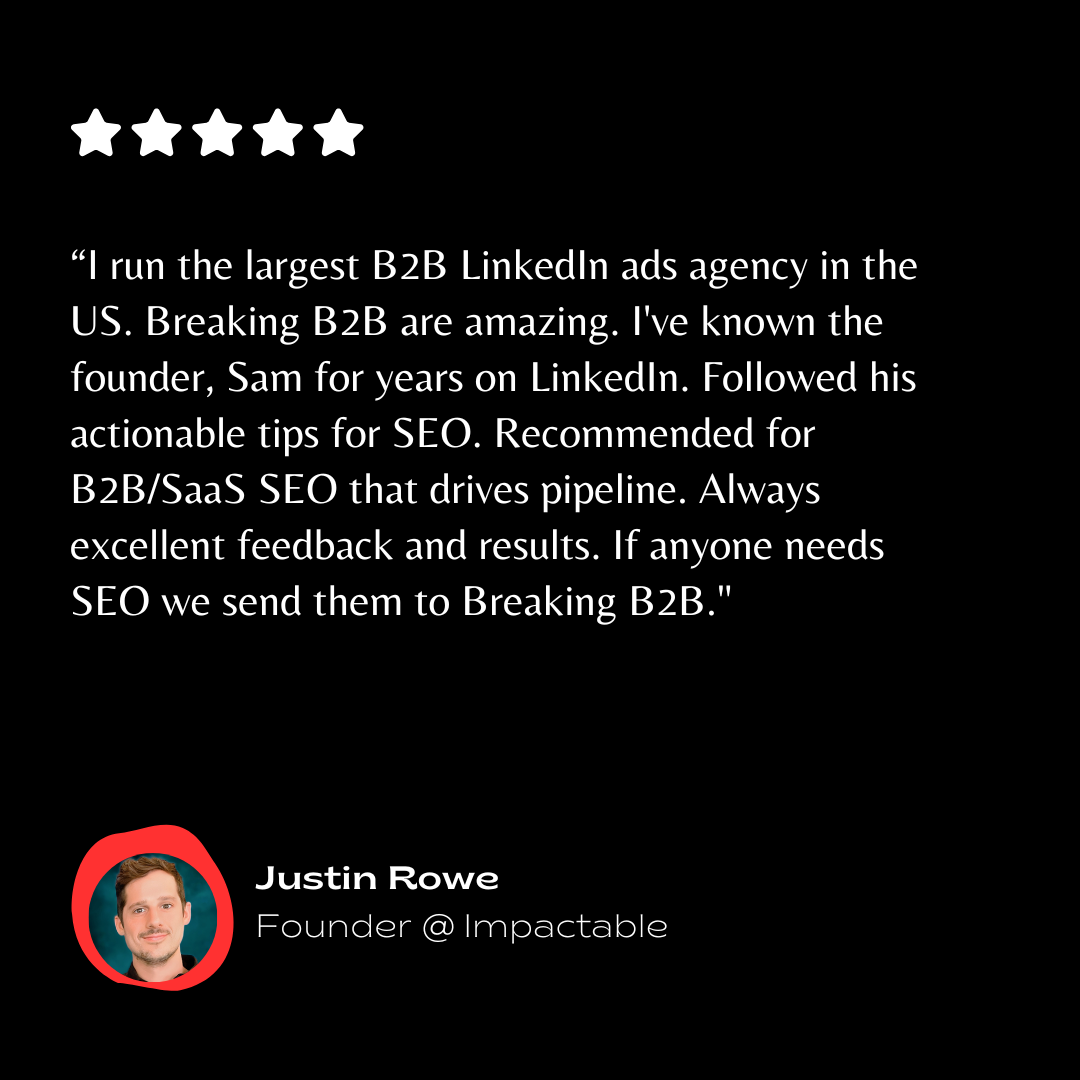
What Is a B2B Marketing Funnel?
A B2B marketing funnel is the engine behind scalable lead generation. It’s a strategic framework that moves prospects from curious to ready to buy, through clearly defined stages. But unlike B2C, B2B funnels need to account for longer sales cycles, complex decision-making, and multiple touchpoints across teams.
Here’s how each stage works, and what your content should actually do:
- Top of the Funnel (TOFU): Focus on attracting the right audience. This is where you educate, build awareness, and help buyers frame their problem. Think SEO-optimized blog posts, guides, and thought leadership that speaks to pain points instead of your product.
- Middle of the Funnel (MOFU): Now it’s about building trust and proving you understand their needs. This is where you use comparison pages, webinars, and
case studies to show how your solution fits into their world and solves their specific challenges.
- Bottom of the Funnel (BOFU): This is where intent turns into action. Content here should make the decision easy. Focus on product demos, ROI calculators, pricing pages, and customer proof that removes any last-minute doubt.
-
Each stage has a job. Done right, your funnel doesn’t just attract leads. It
qualifies,
nurtures, and
closes them.
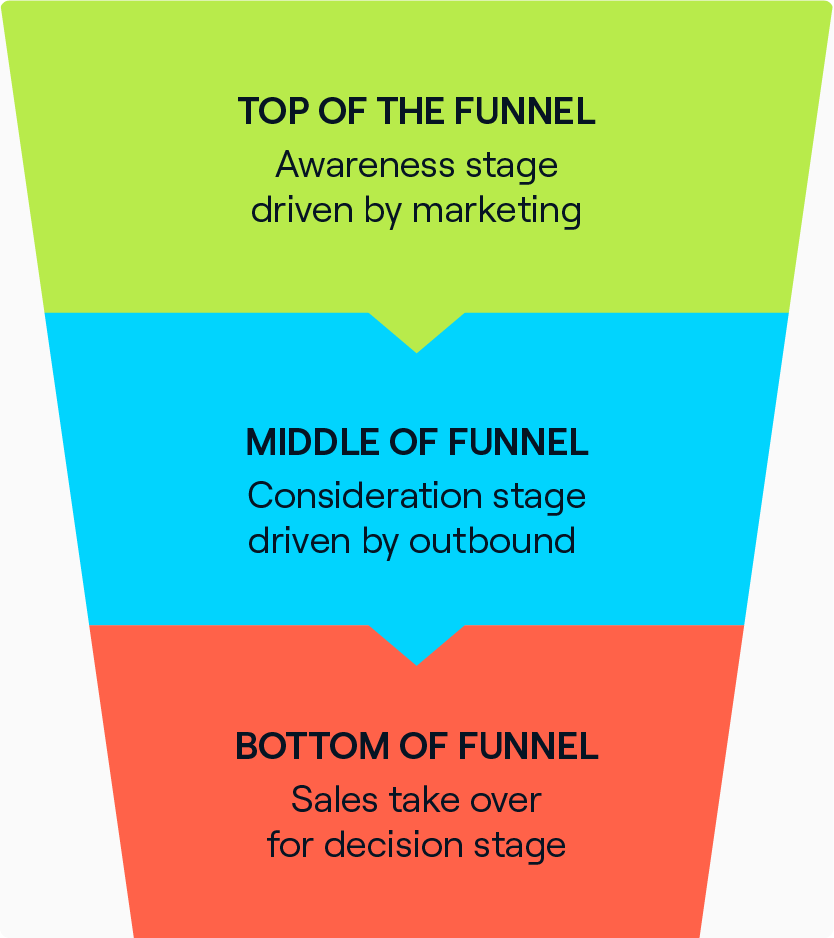
Why Building a B2B Marketing Funnel Matters
Without a clear funnel, your marketing stays reactive, which means random campaigns, inconsistent results, and no real control over growth. A well-built funnel changes that. It turns scattered tactics into a focused system that generates qualified leads, supports sales, and drives predictable revenue.
Here’s what that looks like in practice:
Predictable Lead Generation
A strategic funnel gives you a repeatable way to generate leads. No more guessing what works. Just a system that consistently delivers prospects aligned with your goals.
Revenue Planning You Can Trust
When each stage is measurable, you know exactly how many leads you need to hit your numbers. That means better forecasting, smarter budget decisions, and tighter sales-marketing alignment.
Higher Lead Quality
Funnels aren't about volume. They’re about fit. With clear buyer paths, you attract the right people—those with authority, budget, and urgency—and filter out the noise.
Lower Costs and Higher ROI
By refining every stage, you stop wasting budget on channels or content that don’t convert. Lead nurturing, retargeting, and automation do the heavy lifting while keeping acquisition costs in check.
A Clear Edge Over Competitors
Most B2B companies still wing it. With a structured funnel, you show up earlier, build trust faster, and become the obvious choice before competitors are even in the conversation.
Scalable Growth Engine
The best part is that a strong funnel grows as you grow. Whether you’re entering new markets or launching new products, the framework stays the same. That’s how you scale without losing control.
How to Build a B2B Marketing Funnel That Drives Qualified Leads
1. Define Your Ideal Customer Profile and Buyer Personas
Every high-performing B2B funnel starts with one question: who are we actually selling to? Without a clear ICP and buyer personas, even the best funnel strategy falls flat.
Start by analyzing your existing customer base. Look for patterns such as industry, company size, job titles, deal size, and time to close. This helps you define your Ideal Customer Profile (ICP), which tells you which companies are worth targeting in the first place.
Next, go deeper. B2B deals aren’t made by a single person. You’re selling to a committee: economic buyers, technical evaluators, end users, and influencers. Each has different pain points and priorities. Map them out and build separate personas for each.
Use tools like LinkedIn Sales Navigator, ZoomInfo, and Clearbit to enrich your research. Pull data on org charts, buying triggers, and technographics. Supplement it with qualitative inputs. For example, interview customers, review support tickets, and talk to your sales team. These conversations surface real objections and the actual words your buyers use to describe their problems.
Finally, map each persona to their buying journey. Who enters the funnel first? Who signs off? What kind of content moves each stakeholder forward? Economic buyers may want ROI projections. Technical buyers want demos and specs. Matching your funnel content to these journeys turns traffic into deals.
2. Build Awareness Through Strategic SEO
If your ideal buyers can’t find you when they’re searching for answers, you’ve already lost. Great B2B funnels start at the top, with problem-aware prospects looking for help, not your brand. That’s where SEO comes in.
Top-of-funnel visibility hinges on ranking for the right terms. Focus on problem-aware and educational keywords. These are the ones your buyers use before they even know a solution like yours exists. Skip the product-heavy messaging. Instead, create content that genuinely helps them understand their challenges and next steps.
Structure your site around topic clusters. Start with detailed pillar pages on core themes your ICP cares about. Then build supporting articles that target long-tail queries, common pain points, and niche angles. This improves your domain relevance, captures intent across the journey, and builds real authority in your space.
Use tools like Ahrefs, SEMrush, or Moz to surface high-intent, low-competition keywords that map to your buyer personas. Long-tail keywords are especially useful here because they signal specificity, urgency, and clearer buying intent.
Don’t just publish,
optimize to win SERP features. Aim for featured snippets and “People Also Ask” placements to dominate page one and earn more clicks from the right people.
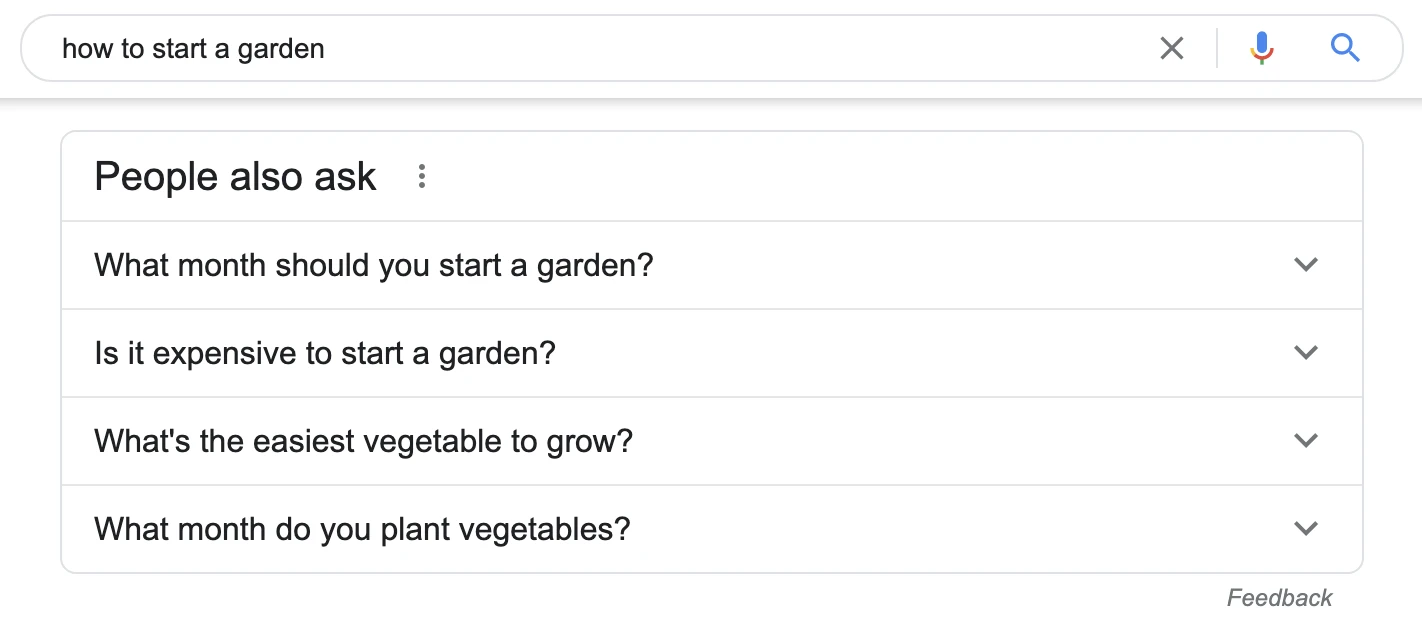
Keep an eye on your competitors, too. Tools like SpyFu and SimilarWeb help uncover content gaps and keyword opportunities they’ve missed, so you can take the lead before they even realize it.
At Breaking B2B, we focus on full-funnel SEO. That means creating content that speaks to each stage of the buyer journey, not just TOFU blog posts. This strategy brings in traffic that actually converts and feeds your funnel with qualified, high-intent leads.
3. Create Compelling Lead Magnets
Lead magnets are what move buyers from passive readers to active prospects. But in B2B, throwing a checklist behind a form isn’t enough. If you want high-quality leads, your content has to earn the exchange.
Start by creating actionable resources that solve specific problems your ICP actually cares about. Think: frameworks, benchmarks, calculators, essentially tools that offer real value and help them take their next step right now.
Match the magnet to the persona and stage.
- Technical buyers: Give them in-depth how-to guides, architecture docs, or product walkthroughs.
- Economic buyers: Focus on ROI calculators, cost-justification templates, or strategic roadmaps.
- End users: Think playbooks, workflows, and tools they can use immediately.
Go beyond surface-level content. High-value assets, like diagnostic tools or industry reports, signal expertise and build trust. They also attract more qualified leads who are serious about solving a problem.
Use progressive profiling to reduce form friction. Instead of asking for 6 fields on the first download, capture more info as they engage with future content. It keeps conversion rates high and enriches your CRM over time.
Not everything needs a form. Gate strategically. Keep TOFU content open to drive traffic and trust. Save gated assets for mid-funnel nurturing or when you’re ready to qualify intent.
Finally, amplify your lead magnets across channels, such as SEO, LinkedIn ads, email sequences, and in-blog CTAs. Make sure your best resources are easy to find, easy to access, and always tied to the next logical step in your funnel.
To learn more about creating effective lead magnets, watch Sam's deep dive on How to Create an Awesome Lead Magnet.
4. Turn Leads Into Pipeline with Email Nurturing Sequences
Most B2B leads aren’t ready to buy right away. That’s where email nurturing earns its keep, by moving prospects from interest to intent by delivering content that speaks to their stage, persona, and behavior.
Start with smart segmentation. Don’t send the same sequence to everyone. Break your list down by persona, industry, company size, and actions taken.
- Technical evaluators need deep dives, product specs, or security docs.
- Economic buyers respond better to ROI calculators, success stories, and budget justification content.
Keep it value-first. At least 80% of your sequence should be educational, think industry insights, how-tos, and case studies. Save the promos for when intent signals are stronger. This builds trust and keeps your brand top of mind without burning goodwill.
Use behavioral triggers to personalize at scale. Downloaded a whitepaper? Send follow-up tips. Visited the pricing page? Queue up a value-packed email about ROI. These small moves show you’re paying attention, and they drive action.
Implement lead scoring to prioritize who gets attention from sales. Track email engagement, site activity, and fit. When a lead crosses the threshold, pass them to your reps with full context.
Use tools like HubSpot, Marketo, or Pardot to automate and scale these flows. They’ll help you segment, trigger, and measure with precision.
Finally, test everything. This includes subject lines, timing, and CTA format. A/B testing reveals what actually resonates, and ongoing optimization ensures your nurture engine stays effective as buyer behavior evolves.
5. Create Middle-Funnel Content That Drives Buying Decisions
At this stage, your leads know the problem, they’re now comparing options. Your job is to position your solution as the clear winner without sounding like a sales pitch.
Here’s how to build content that earns trust and accelerates decisions:
- Develop detailed buyer’s guides:
Break down the key challenges, solution types, and decision criteria in your category. Use this to educate your prospects while subtly framing your approach as the most logical fit.
- Publish comparison and objection-handling content:
Address head-to-head alternatives directly. Cover pricing, integrations, features, and support. Tackle common objections early so your sales team doesn’t have to do it later.
- Use interactive tools to engage and qualify:
ROI calculators, assessment quizzes, and configuration guides give prospects personalized insights
and give your team valuable data for follow-up.
- Show proof with
high-impact case studies:
Focus on results, not fluff. Share specific metrics, timelines, and implementation stories from companies your prospects relate to. Make it easy for them to say, “that could be us.”
- Host webinars and workshops with depth:
Run sessions that unpack tough problems and offer real strategies. These events build authority, attract serious buyers, and give your team a chance to qualify attendees in real time.
Mid-funnel is where most B2B content falls short. Do it right, and you won’t just educate, you’ll convert.
For a more detailed walkthrough, watch Sam's in-depth analysis on Why Middle of Funnel is Key For B2B Marketing.
6. Optimize for Conversion and Sales Handoff
When leads reach the bottom of the funnel, it’s time to shift from nurturing to converting. Your job now is to remove friction, reinforce value, and make it easy for high-intent prospects to take the next step.
Here’s how to tighten the last mile of your funnel:
- Personalize conversion paths by persona:
Create landing pages that speak directly to different decision-makers.
- Technical evaluators - Highlight specs, integrations, and product walkthroughs.
- Economic buyers -
Focus on ROI, implementation timelines, and cost justification.
- Use smart forms and progressive profiling:
Capture just enough data to qualify the lead (company size, tech stack, and decision role) without scaring them off. Collect more info as they re-engage.
- Recover lost leads with re-engagement tactics:
Exit-intent popups, retargeting ads, or follow-up emails with timely offers can bring back high-interest visitors who didn’t convert the first time.
- Create urgency without being pushy:
Use time-sensitive offers like early access, limited spots, or pricing incentives to move prospects from research to action, especially in longer B2B cycles.
- Make the sales handoff seamless:
Equip your reps with everything they need (lead scores, engagement history, downloaded assets, and firmographic data) so they can follow up fast and with full context.
At this stage, every second counts. The smoother the path to sales, the more deals you close.
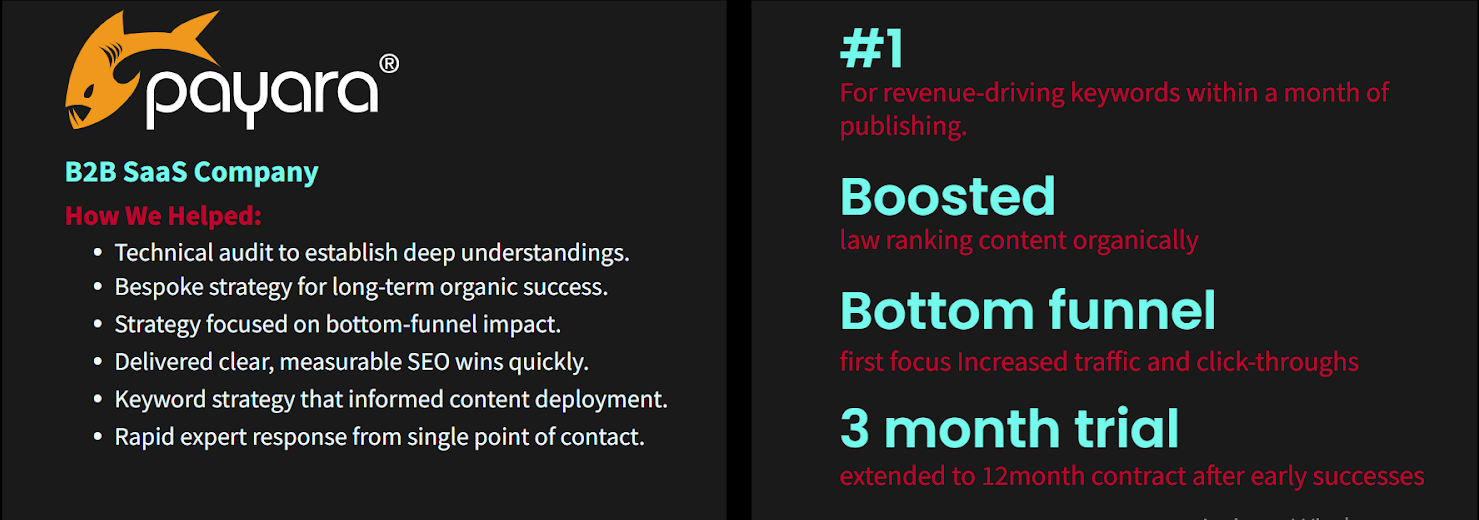
Best Practices for B2B Marketing Funnels
Building a B2B funnel is one thing. Making it deliver a consistent pipeline and revenue is another. Here are five core practices to keep your funnel aligned, efficient, and scalable.
Focus on Quality Over Quantity
More leads do not equal more revenue. Design each funnel stage to qualify aggressively, based on fit, intent, and budget. High-quality leads not only convert better, they stick around longer and close faster.
Tighten Alignment Between Sales and Marketing
Define marketing qualified leads (MQLs) and sales qualified leads (SQLs) clearly. Set shared goals. And keep communication open. When both teams understand what a good lead looks like and what content supports conversion, your funnel works as a unified system.
Use Multi-Touch Attribution to Guide Strategy
B2B buyers don’t convert in a straight line. Use attribution models to track how channels, campaigns, and content work together. Tools like HubSpot, Salesforce, and Google Analytics help you invest where it counts.
Test Relentlessly and Adapt Fast
Funnels are never “set it and forget it.” Test subject lines, CTAs, landing pages, and sequences. Review performance regularly. Buyer behavior shifts, so your funnel should evolve with it.
Deploy Account-Based Strategies Where It Makes Sense
For high-value or enterprise deals, generic funnels fall short. Use account-based marketing (ABM) strategies to personalize content, messaging, and outreach for target accounts. This approach often leads to higher close rates and larger deals.
Strong B2B funnels are built on precision, not volume. These best practices keep yours sharp, scalable, and revenue-focused.
Build Sustainable Growth Through Strategic Funnel Design
Effective B2B marketing funnels transform scattered marketing efforts into systematic lead generation engines. By combining strategic SEO, compelling content, and sophisticated nurturing sequences, you create predictable revenue growth that scales with your business.
At Breaking B2B, we specialize in building high-converting marketing funnels for B2B tech companies. Our comprehensive approach combines strategic planning with tactical execution, ensuring every funnel stage drives qualified leads toward purchase decisions.
Ready to attract qualified leads? Contact Breaking B2B today.



